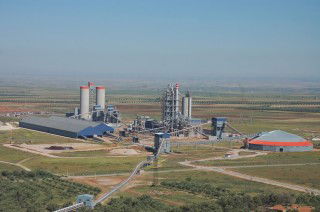Bangladesh’s has a fragmented cement sector with a multitude of independent grinding units, making it one of the most competitive markets in the world. It has no abundant, natural-lying domestic limestone reserves, but there is a wealth of opportunity for cement and clinker importers to establish grinding plants near the main population areas.
Bangladesh has an agrarian economy and despite global economic problems, it has continued to register GDP growth of around six per cent in recent years. Its main product is the farming of rice, which has a volume of 34Mta.
While the economy has been fairly stable, the country was battered by flooding and mud slides in June 2012, especially in areas around Chittagong where rebuilding is still ongoing.
Meanwhile, the industrial sector has seen a slowdown in government spending which dropped by 29 per cent YoY between 2011-12 to BDT161.4bn (US$2bn). Moreover, public borrowing has been growing. According to the Bangladesh Bank, 2012 public net borrowing increased sharply to BDT104bn, about 45 per cent of the budget limit.
The government is currently implementing the Sixth Five-Year Plan (SFYP) – FY2011-15. The twin objectives have been to “accelerate growth and reduce poverty”. Part of the target is to increase electricity coverage to 68 per cent and raise output to 15,457MW by 2015. However, the gap between installed electrical capacity and actual generation continues to widen each year.
